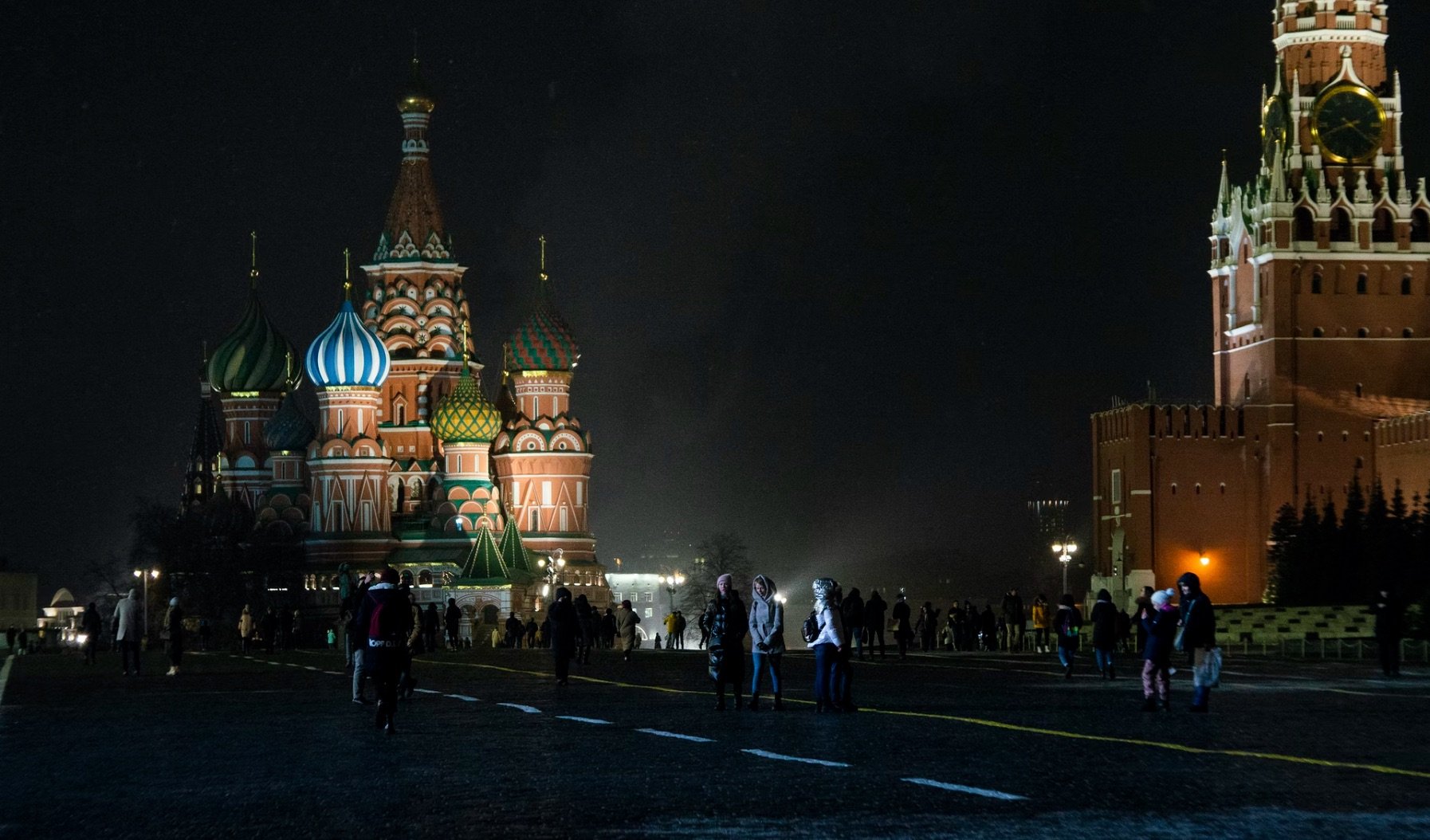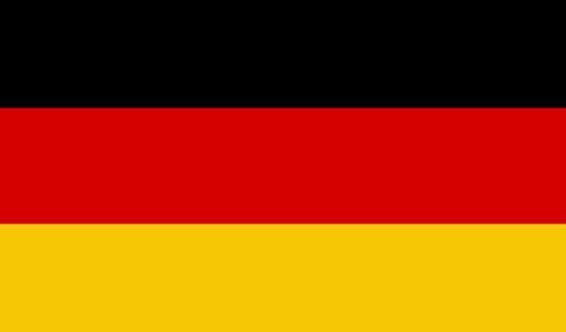2021 saw a swift rebound from the pandemic-led downturn, led by strong supportive measures from governments and central banks. However, investor optimism that surged mid-year dampened somewhat as the year came to an end. The highly transmissible Omicron variant rattled the markets, causing global Covid-19 numbers to surge in December.
Beyond Covid-19, raging inflation, the US Fed’s tapering, and supply chain bottlenecks remained some of the dominant themes globally. Energy prices ended 59% higher on the S&P Goldman Sachs Commodity Index (GSCI), driven by higher demand in the initial stages of the economic recovery. The US stood out among the developed economies with a 6.8% YoY annual inflation rate in November, the highest in 39 years. The German inflation rate recorded a 29-year high of 5.2%, pushing the Eurozone’s inflation rate to its highest level since the monetary union, at 4.9%.
Although recovery continues worldwide, it has been uneven, with vaccine and policy support becoming the principal reasons for the gap. This uneven recovery and slowing growth trajectories in China and the US led the IMF to downgrade its growth forecast for 2022. As per the fund, the global economy is “in a weaker position than previously expected.” Global GDP grew 5.9% in 2021, a number that is expected to decline to 4.4% in 2022.
So, what should investors expect for 2022? Here are our thoughts.
The State of the Pandemic – 2022 and Still Raging
This is now the third year of relentless pandemic. While 2021 was the year of optimism amidst vaccine rollouts, as at February 2022 the pandemic is again being perceived as an economic threat. The highly transmissible Omicron variant is causing a synchronized wave of infections worldwide. But with lower severity of symptoms this time, governments (apart from China) are reluctant to impose drastic lockdowns.
Omicron has slowed down the global economy, particularly the US, with a pullback in services and manufacturing growth in the first few weeks of 2022. However, forward-looking surveys indicate that companies are not too worried about this variant. In certain sectors, high levels of absenteeism will, however, cause problems, especially those already reeling under labour shortages. For instance, JPMorgan Chase says the British GDP could decline by 0.4% in January due to absences.
The Labour Market
The labour market has seen continuous improvement, with lower unemployment levels. But major economies have seen slower growth in employment numbers. The US added only 199K non-farm jobs in December 2021, much below the forecast of 400,000. On the other hand, private payrolls surged by 807K in December, indicating a strong underlying labour market. The tight job market prevails worldwide, with people quitting jobs rapidly in search of higher pays and flexible working conditions (the so-called “Great Resignation”). Economists say that this trend will continue in 2022, giving rise to a war for talent among industries.
In a report by The Conference Board and Emsi Burning Glass, the number of job postings mentioning a hiring bonus doubled between March 2020 and October 2021 among US companies. Post-Brexit labour shortages still hound the UK, with 94K more EU nationals leaving than arriving during 2020, impacting many sectors. In China, the zero-Covid policy and demographic shifts are causing supply shortages.
US Fed to Withdraw Policy Support
The US Fed has finally come to terms with the fact that high inflation is not “transitory.” On January 11, 2022, Fed Chairman Jerome Powell gave a stark warning that “high inflation is a ‘severe threat’ to US jobs recovery.” The Fed has poured trillions of dollars to drive the US economy and is now on the road to pull back this support.
Powell clearly stated that reducing monetary stimulus will come sooner and faster than expected. A rate hike is expected in March 2022, as is a halt to bond purchases. Whether this is enough to tame inflation remains to be seen. Plus, rates will need to be increased so there will be minimal impact on the consumer.
The ECB, on the other hand, doesn’t appear to be in a hurry to hike rates. Lagarde has already expressed her views on premature tightening, saying that the bank is unlikely to raise rates before 2023.
Inflation Momentum Might Decelerate
Global inflation could remain high in H1 2022, before easing in H2. This will probably happen when the US Fed raises rates. A decline in industrial and agricultural commodity prices is expected in the latter part of the year. On average, global inflation is expected at 4.1% in 2022, before declining to 2.8% in 2023.
The Rise of Metaverse and the Tech Sector
Despite supply chain issues and high inflation, the technology sector surged in 2021. In the US, all 3 major indices posted 3-digit returns, with the S&P 500 scoring 70 record closes in the year and the Nasdaq surging 21.39%. This winning streak is expected to continue as the world’s biggest companies invest heavily in emerging technologies, such as Web 3.0, metaverse and blockchain. Facebook has already rebranded itself as ‘Meta,’ reflecting its new focus, while Google and Microsoft are developing VR headsets.
Meanwhile, global regulators are looking at new ways to rein in tech giants. China has already taken the lead in imposing stringent policies for these firms, followed by Russia. These new laws could be a hindrance to future innovation and bottom lines.
China Slowing in the Year of the Tiger
China’s slowdown, driven by rising Covid-19 cases and the property market decline, continues. While official real GDP growth was 8.1% YoY in 2021, forecasts for 2022 lie below 5%. It’s no surprise that, unlike previous years, President Xi Jinping didn’t talk about the GDP in his New Year’s address to the nation. He did, however, emphasise the CCP’s aim to make the country a superpower by 2049, the 100th anniversary of the People’s Republic of China.
President Xi has been associated with trade wars, erosion of freedom in Hong Kong, bold diplomatic rhetoric, and expanding China’s influence in the South China Sea and beyond. After abolishing presidential term limits in 2018, he is expected to extend his rule into the 3rd 5-year term in 2022.
We explore China in more detail in our 1st February article The Year of the Tiger – China in 2022, and our Dividend Data Coverage.
Forecasting Global Dividends in an Uncertain World
After a contraction in 2020, global dividends rebounded in 2021, increasing by more than 20% YoY. However, a slowdown in the global growth momentum, due to persisting uncertainty over Covid-19, will hound industries in 2022. We expect a 6% to 8% increase in global dividends for 2022.
Woodseer’s hybrid dividend forecasting approach gives accurate and real-time results for investors across every market globally. We are trusted by the world’s biggest names, for our game-changing technology. Contact us to learn more.

